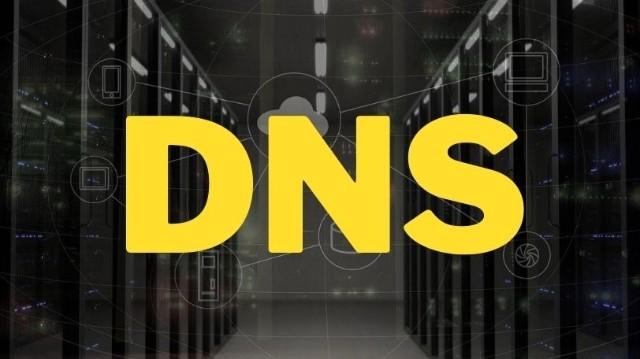The full form of DNS is the Domain Name System. Think of it as a system of domain names. In order to understand the DNS, we'll have to understand what domain names are.
What is a domain name?
A domain name is a human-readable name of the address of a server on the Internet. The Internet, as we all know, is a worldwide network of servers.
Recommended Reading: Know about the fastest and the best DNS servers in India.
It's obvious that each of these servers needs to be identified uniquely. This is done by assigning each server an address called Internet Protocol Address aka IP address.
An IP address looks like this: 192.168.1.1
It's humanly impossible to remember these addresses. We needed a simpler, easy-to-remember and type system for these addresses.
Hence, the Domain Name System was invented. We could now have simpler names like https://www.crazyengineers.com or https://www.microsoft.com for specific servers on the Internet.
What does DNS Server do?
The domain name system translates the human-readable domain name into the one that the machine understands - the IP address.
That is, when you type www.crazyengineers.com in your browser, the DNS resolves it into the IP address of CrazyEngineers - 3.109.134.84. The browser then fetches all the content available on our servers and renders it on the user's browser.
In short, think of DNS as Internet's receptionist. It receives the requests from browsers, computers, or web servers, and then points them to the right address.
Looks simple? Not really. The entire process of loading a web page on your web browser requires 4 servers working together -
The DNS Recursor (aka Resolver): It's the first one to receive the request from browser and checks with other DNS servers to find the right IP address.
Root Nameserver: It answers the requests by sending a list of authoritative nameservers that go with the correct TLD aka Top Level Domain.
TLD Nameserver: It keeps the IP address of the second-level domain contained in the TLD name.
Authoritative Nameserver: This one is the final server that resolves your DNS query. These are of two types- primary and secondary. The secondary server simply keeps a backup of the records on the primary server.
The DNS Cache
Another important term to understand is the DNS cache or DNS caching. The domain name servers can't afford to perform a fresh lookup every time a name server query comes in.
It'd make the internet terribly slow.
In order to fix this issue, the Domain Name System (DNS) maintains an index of the frequently visited or recently visited websites in its memory. The domain name server will avoid full nameserver lookup and directly serve the IP address information from its memory.
What if the server changes its address?
That's a good question. The DNS cache must be refreshed (or busted) periodically. When defining an A records or MX records, or CNAME records in your DNS, the name servers will let you specify 'TTL' aka Time To Live. It's typically specified in seconds.
After the specified seconds, the DNS servers will refresh their records and fetch the new ones. Most people will specify the TTL for A record or MX records as 1-day.
What I've offered so far is a simple explanation of the domain name system. The Internet itself is much more complicated. We will talk about DNS resolution, resource records, top level domains, and common domain name settings in separate articles.
I hope you have a much better understanding of the DNS aka Domain Name System.

